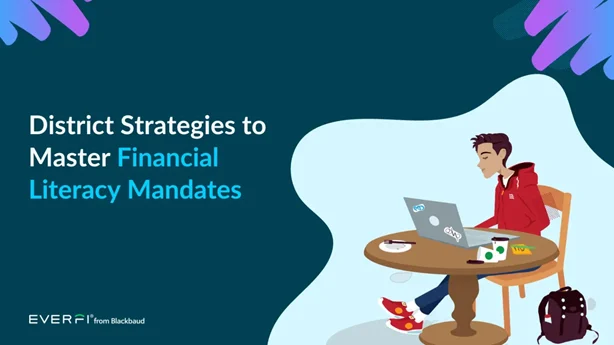District Strategies to Master Financial Literacy Mandates


About the Author:
Rachelle Dené Poth is an edtech consultant, presenter, attorney, author, and teacher. Rachelle teaches Spanish and STEAM: What’s nExT in Emerging Technology at Riverview Junior Senior High School in Oakmont, PA. Rachelle has a Juris Doctor degree from Duquesne University School of Law and a Master’s in Instructional Technology. She is currently pursuing a second doctorate, focused on Educational Technology.
Rachelle is an ISTE Certified Educator and a Microsoft Innovative Educator Expert. She is a past-president of the ISTE Teacher Education Network and served on the Leadership team of the Mobile Learning Network for five years. She received the ISTE Making IT Happen Award in 2019 and has received several Presidential gold and silver awards for her volunteer service to education
She is the author of seven books including ‘In Other Words: Quotes That Push Our Thinking,” “Unconventional Ways to Thrive in EDU”, “The Future is Now: Looking Back to Move Ahead,” “Chart A New Course: A Guide to Teaching Essential Skills for Tomorrow’s World, “True Story: Lessons That One Kid Taught Us” and her newest book “Things I Wish […] Knew” is now available at bit.ly/thingsiwishedu.
Follow Rachelle on Twitter @Rdene915 and on Instagram @Rdene915. Rachelle has a podcast, ThriveinEDU available at https://anchor.fm/rdene915


